Home>Gardening & Outdoor>Pool & Spa Care>What Makes Hot Tub Water Green
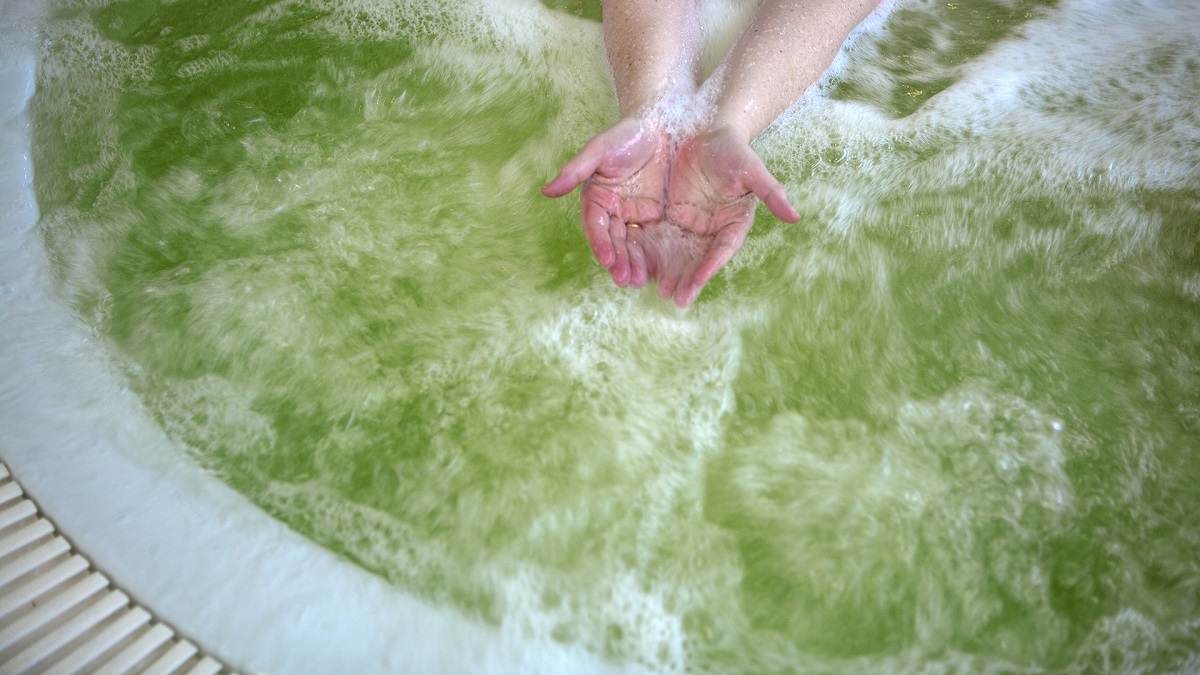

Pool & Spa Care
What Makes Hot Tub Water Green
Modified: January 21, 2024
Discover the causes of green hot tub water and learn effective pool and spa care tips to keep your water crystal clear. Explore solutions for maintaining a healthy and inviting hot tub environment.
(Many of the links in this article redirect to a specific reviewed product. Your purchase of these products through affiliate links helps to generate commission for Storables.com, at no extra cost. Learn more)
Introduction
Welcome to the wonderful world of hot tubs and spas! There’s nothing quite like soaking in warm, bubbling water after a long day. However, as a hot tub owner, you may encounter a common issue: green water. This perplexing problem can be quite the head-scratcher, but fear not! In this article, we’ll dive into the causes of green hot tub water and explore effective solutions to restore your oasis to its crystal-clear glory.
Whether you’re a seasoned hot tub aficionado or a newcomer to the world of spa relaxation, understanding the reasons behind green water is crucial for maintaining a clean and inviting hot tub environment. So, let’s roll up our sleeves and embark on a journey to uncover the mysteries of green hot tub water!
Key Takeaways:
- Algae, metal contamination, and pH imbalance can turn hot tub water green. Regular testing, cleaning, and maintenance are crucial to prevent and treat these issues for a pristine hot tub experience.
- To keep your hot tub water crystal clear, use algaecides, metal stain removers, and pH-adjusting products. Consistent sanitization, circulation, and pH monitoring are essential for a sparkling oasis.
Read more: Why Is The Hot Tub Water Green
Causes of Green Hot Tub Water
When you envision your hot tub, a sparkling and inviting oasis likely comes to mind. However, the unwelcome sight of green water can quickly shatter this idyllic image. Understanding the underlying causes of green hot tub water is the first step toward remedying this issue and reclaiming the pristine condition of your beloved spa.
Several factors can contribute to the unsightly green hue of hot tub water. Let’s explore the common culprits responsible for this phenomenon:
Algae Growth
One of the primary reasons for green water in hot tubs is the presence of algae. These microscopic organisms thrive in warm, stagnant water, and when conditions are favorable, they can multiply rapidly, turning the water green. Algae infestations are not only unsightly but also pose potential health risks to hot tub users.
Metal Contamination
Another prevalent cause of green hot tub water is metal contamination. When metals such as copper or iron find their way into the water, they can react with other elements and produce a greenish tint. This contamination often occurs due to corroded plumbing, improperly balanced water, or the use of metal-based products in the hot tub.
pH Imbalance
The pH level of hot tub water plays a crucial role in maintaining water clarity. When the pH becomes imbalanced, particularly when it shifts to the alkaline side of the spectrum, it can create an environment conducive to algae growth. Additionally, high pH levels can lead to the precipitation of minerals, resulting in cloudy or discolored water.
By identifying these potential causes, hot tub owners can take targeted measures to address the specific issues contributing to green water. In the following sections, we’ll delve into effective solutions for combatting each of these culprits, restoring your hot tub to its pristine condition.
Read more: How To Make Hot Tub Salt Water
Algae Growth
Algae, the bane of hot tub enthusiasts, can swiftly transform clear water into a murky green spectacle. These tiny, plant-like organisms thrive in warm, nutrient-rich environments, making hot tubs an ideal breeding ground. The presence of algae not only mars the visual appeal of your hot tub but also poses potential health hazards. Understanding the factors that contribute to algae growth is crucial for effectively combating this issue.
Algae spores can enter the hot tub through various means, such as windblown debris, contaminated water sources, or even on swimsuits and accessories. Once inside the hot tub, these spores require favorable conditions to flourish. Factors that promote algae growth include inadequate sanitation, insufficient circulation, and imbalanced water chemistry.
Preventing Algae Growth
To prevent algae from taking hold in your hot tub, diligent maintenance and proactive measures are essential. Here are some effective strategies to thwart algae growth:
- Sanitization: Regularly sanitize your hot tub water using a suitable disinfectant, such as chlorine or bromine. Maintaining the recommended sanitizer levels inhibits algae proliferation and ensures a hygienic environment for hot tub users.
- Circulation: Proper water circulation is vital for preventing stagnant areas where algae can thrive. Ensure that your hot tub’s circulation system is functioning optimally, and consider using a quality spa pump to enhance water movement.
- Water Testing: Regularly test the water chemistry to monitor sanitizer levels, pH, and alkalinity. Keeping these parameters within the optimal ranges impedes algae growth and promotes water clarity.
- Shocking the Water: Periodically shocking the hot tub water helps eliminate organic contaminants and residual algae spores. Choose a non-chlorine shock or a chlorine-based oxidizer suitable for your hot tub.
- Algaecide Treatment: Utilize a proven algaecide product designed for hot tub use. Algaecides effectively combat existing algae and serve as a preventive measure against future infestations.
By diligently implementing these preventive measures and maintaining a vigilant eye on your hot tub’s water quality, you can effectively thwart algae growth and preserve the pristine clarity of your hot tub water. In the next sections, we’ll explore additional causes of green hot tub water and the corresponding solutions to restore your oasis to its inviting state.
Metal Contamination
Imagine the disappointment of eagerly anticipating a relaxing soak in your hot tub, only to be greeted by water tinged with a disconcerting green hue. Metal contamination is a pervasive culprit behind the unsightly discoloration of hot tub water. Understanding how metals infiltrate your spa and the measures to mitigate their impact is essential for preserving water clarity and the overall integrity of your hot tub.
Metal contamination can occur through various avenues, including corroded plumbing, the use of metal-based accessories or equipment, and the presence of metals in the water supply. When metals such as copper, iron, or manganese leach into the hot tub water, they can instigate chemical reactions that manifest as green or discolored water. Additionally, the presence of metals can lead to staining on the hot tub surfaces and accessories, further exacerbating the aesthetic and maintenance challenges.
Addressing Metal Contamination
Effectively addressing metal contamination in your hot tub involves a multifaceted approach aimed at preventing metal introduction and mitigating its adverse effects. Consider the following strategies to combat metal-related water discoloration:
- Water Testing: Regularly test the hot tub water for metal content using specialized test strips or kits. This proactive measure enables you to detect elevated metal levels and take corrective action promptly.
- Water Source Evaluation: Assess the quality of the water used to fill your hot tub. If the water source contains high metal concentrations, consider utilizing a pre-filter or a metal-removing agent during the filling process.
- Plumbing Inspection: Periodically inspect the hot tub’s plumbing and fittings for signs of corrosion or metal degradation. Address any issues promptly to prevent metal leaching into the water.
- Use of Metal Sequestrants: Employ metal sequestrants or chelating agents designed for hot tubs to prevent metals from precipitating and causing water discoloration. These products bind to metals, rendering them chemically inactive and preventing undesirable reactions.
- Stain Removal: If metal staining has already occurred on the hot tub surfaces, consider using a quality metal stain remover to restore the aesthetic appeal of your spa.
By diligently implementing these measures and maintaining a keen awareness of potential sources of metal contamination, you can effectively safeguard your hot tub against the adverse effects of metals and preserve the pristine clarity of your spa water. In the subsequent sections, we’ll delve into another common cause of green hot tub water and explore targeted solutions to restore your oasis to its inviting state.
Read more: How To Soften Water In A Hot Tub
pH Imbalance
The delicate balance of a hot tub’s pH level plays a pivotal role in maintaining water clarity and the overall comfort of its users. When the pH strays from the optimal range, it can precipitate a host of water quality issues, including the development of a greenish tint. Understanding the impact of pH imbalance on hot tub water and implementing targeted measures to restore equilibrium is essential for preserving the inviting allure of your spa.
pH represents the acidity or alkalinity of the water, with the ideal range for hot tubs typically falling between 7.2 and 7.8. When the pH level deviates from this range, particularly trending towards the alkaline end of the spectrum, it can create an environment conducive to algae growth and mineral precipitation, both of which contribute to water discoloration.
Rectifying pH Imbalance
Effectively rectifying pH imbalance in your hot tub necessitates a proactive and systematic approach aimed at restoring the water to its optimal pH range. Consider the following strategies to address pH-related water discoloration:
- Regular pH Testing: Routinely test the hot tub water’s pH level using reliable test kits or digital meters. This enables you to promptly identify pH deviations and take corrective measures to restore balance.
- pH Adjustment: Utilize pH-adjusting products, such as pH increasers or decreasers, to bring the water’s pH back within the recommended range. Follow the manufacturer’s guidelines for the appropriate product dosage based on your specific water volume.
- Buffering Agents: Incorporate pH-stabilizing products or buffering agents to maintain the water’s pH within the desired range. These products help prevent rapid pH fluctuations and promote water stability.
- Proper Water Balancing: Ensure that the hot tub’s alkalinity and calcium hardness levels are within the prescribed ranges, as these parameters influence pH stability. Adjust these factors as needed to support optimal pH balance.
- Preventive Maintenance: Implement a regular water maintenance schedule, including routine pH testing and adjustments, to preemptively address pH fluctuations and uphold water clarity.
By diligently implementing these measures and maintaining vigilant oversight of your hot tub’s pH level, you can effectively restore equilibrium to the water, mitigate the risk of discoloration, and preserve the inviting ambiance of your spa. In the subsequent sections, we’ll explore proactive measures to prevent green hot tub water and restore your oasis to its pristine state.
Solutions for Green Hot Tub Water
Dealing with green water in your hot tub can be a frustrating experience, but fear not! Effective solutions exist to address this issue and restore your oasis to its crystal-clear splendor. By targeting the specific causes of green hot tub water and implementing tailored remedies, you can rejuvenate your spa and once again revel in its inviting waters.
Algae Treatment
Combatting algae infestations is a critical step in restoring water clarity. Consider the following strategies to effectively treat and prevent algae growth in your hot tub:
- Thorough Cleaning: If your hot tub is afflicted with algae, drain the water and meticulously clean the surfaces with a suitable spa surface cleaner to eradicate any lingering spores.
- Algaecide Application: Utilize a proven algaecide specifically formulated for hot tubs to eliminate existing algae and prevent its resurgence. Follow the manufacturer’s instructions for proper application and dosage.
- Enhanced Sanitization: Boost the hot tub’s sanitizer levels, such as chlorine or bromine, to effectively combat and inhibit algae growth. Regular sanitization is crucial for maintaining a hygienic hot tub environment.
Read more: How To Change Hot Tub Water
Metal Stain Removal
If metal contamination has contributed to the green tint of your hot tub water, consider the following measures to address metal-related discoloration:
- Utilize Metal Stain Removers: Employ quality metal stain removal products designed for hot tub use to effectively eliminate metal stains and restore the pristine appearance of your spa’s surfaces.
- Preventive Measures: Implement proactive strategies to mitigate metal contamination, such as utilizing metal sequestrants and conducting regular water testing to detect and address elevated metal levels.
Balancing pH Levels
Restoring optimal pH balance is essential for mitigating water discoloration. Consider the following steps to rectify pH imbalance in your hot tub:
- pH Adjustment: Utilize pH-increasing or decreasing products as needed to bring the water’s pH back within the recommended range of 7.2 to 7.8.
- Stabilizing Agents: Incorporate pH-stabilizing products and buffering agents to maintain the water’s pH within the desired range and prevent rapid fluctuations.
By diligently implementing these targeted solutions and addressing the specific causes of green hot tub water, you can effectively restore your spa to its inviting and pristine state. In the subsequent section, we’ll explore proactive measures to prevent the recurrence of green water and maintain the optimal clarity of your hot tub.
Algae Treatment
Dealing with an algae bloom in your hot tub can be a frustrating and unsightly experience, but fear not! With the right approach, you can effectively combat and prevent algae growth, restoring your hot tub to its crystal-clear splendor. Understanding the nature of algae and implementing targeted treatment measures is crucial for reclaiming the inviting ambiance of your spa.
The Nature of Algae
Algae, those pesky microscopic organisms, can swiftly transform clear water into a murky green spectacle. These unwelcome guests thrive in warm, nutrient-rich environments, making hot tubs an ideal breeding ground. The presence of algae not only mars the visual appeal of your hot tub but also poses potential health hazards for users.
Read more: How To Soften Hot Tub Water
Combatting Algae Infestations
When faced with an algae infestation, swift and decisive action is paramount. Consider the following strategies to effectively treat and prevent algae growth in your hot tub:
- Thorough Cleaning: If your hot tub is afflicted with algae, drain the water and meticulously clean the surfaces with a suitable spa surface cleaner to eradicate any lingering spores. Pay particular attention to hidden nooks and crannies where algae can take refuge.
- Algaecide Application: Utilize a proven algaecide specifically formulated for hot tubs to eliminate existing algae and prevent its resurgence. Algaecides are available in various formulations, including non-foaming and non-staining options, catering to different hot tub systems and user preferences. Follow the manufacturer’s instructions for proper application and dosage to achieve optimal results.
- Enhanced Sanitization: Boost the hot tub’s sanitizer levels, such as chlorine or bromine, to effectively combat and inhibit algae growth. Regular sanitization is crucial for maintaining a hygienic hot tub environment and preventing the recurrence of algae blooms.
By diligently implementing these targeted treatment measures and maintaining a proactive approach to hot tub maintenance, you can effectively combat algae infestations and restore the pristine clarity of your spa. In the subsequent section, we’ll explore proactive measures to prevent the resurgence of algae and maintain the optimal ambiance of your hot tub.
Metal Stain Removal
Discovering metal stains in your hot tub can be disheartening, but fear not! With the right approach, you can effectively eliminate these unsightly blemishes and restore the pristine appearance of your spa. Understanding the nature of metal stains and implementing targeted removal measures is essential for reclaiming the inviting ambiance of your hot tub.
The Nature of Metal Stains
Metal stains, often manifesting as discolored patches on hot tub surfaces, can result from the presence of metals such as copper, iron, or manganese in the water. These metals can leach into the hot tub from various sources, including corroded plumbing, metal-based accessories, or the water supply itself. The interaction of metals with other elements in the water can lead to staining, detracting from the visual appeal of your spa.
Addressing Metal Staining
If metal staining has marred the surfaces of your hot tub, consider the following measures to effectively address and remove these unsightly blemishes:
- Utilize Metal Stain Removers: Employ quality metal stain removal products designed for hot tub use to effectively eliminate metal stains and restore the pristine appearance of your spa’s surfaces. These specialized products are formulated to target and dissolve metal deposits without causing damage to the hot tub’s materials.
- Preventive Measures: Implement proactive strategies to mitigate metal contamination and prevent staining. Regularly test the hot tub water for metal content, utilize metal sequestrants to prevent metal precipitation, and address any plumbing or equipment issues contributing to metal introduction.
By diligently implementing these targeted removal measures and maintaining a proactive approach to hot tub maintenance, you can effectively eliminate metal stains and restore the pristine allure of your spa. In the subsequent section, we’ll explore proactive measures to prevent the occurrence of metal staining and maintain the optimal aesthetic appeal of your hot tub.
Read more: How To Make A Wooden Hot Tub
Balancing pH Levels
Ensuring optimal pH levels in your hot tub is crucial for preserving water clarity and the overall comfort of its users. When the pH strays from the recommended range, it can lead to a host of water quality issues, including the development of a greenish tint. Understanding the impact of pH imbalance on hot tub water and implementing targeted measures to restore equilibrium is essential for maintaining the inviting ambiance of your spa.
The Importance of pH Balance
pH represents the acidity or alkalinity of the water, with the ideal range for hot tubs typically falling between 7.2 and 7.8. When the pH level deviates from this range, particularly trending towards the alkaline end of the spectrum, it can create an environment conducive to algae growth and mineral precipitation, both of which contribute to water discoloration and diminished water quality.
Rectifying pH Imbalance
Effectively rectifying pH imbalance in your hot tub necessitates a proactive and systematic approach aimed at restoring the water to its optimal pH range. Consider the following steps to address pH-related water discoloration:
- pH Adjustment: Utilize pH-increasing or decreasing products as needed to bring the water’s pH back within the recommended range of 7.2 to 7.8. These products, available in granular or liquid form, enable you to fine-tune the pH level based on your specific water volume and the degree of imbalance.
- Stabilizing Agents: Incorporate pH-stabilizing products and buffering agents to maintain the water’s pH within the desired range and prevent rapid fluctuations. These products help prevent drastic pH shifts and promote water stability, supporting optimal water clarity.
- Regular pH Testing: Routinely test the hot tub water’s pH level using reliable test kits or digital meters. This proactive measure enables you to promptly identify pH deviations and take corrective measures to restore balance, ensuring the comfort and safety of hot tub users.
- Proper Water Balancing: Ensure that the hot tub’s alkalinity and calcium hardness levels are within the prescribed ranges, as these parameters influence pH stability. Adjust these factors as needed to support optimal pH balance and water clarity.
- Preventive Maintenance: Implement a regular water maintenance schedule, including routine pH testing and adjustments, to preemptively address pH fluctuations and uphold water clarity, preserving the inviting ambiance of your spa.
By diligently implementing these measures and maintaining vigilant oversight of your hot tub’s pH level, you can effectively restore equilibrium to the water, mitigate the risk of discoloration, and preserve the inviting ambiance of your spa. In the subsequent section, we’ll explore proactive measures to prevent the recurrence of pH imbalance and maintain the optimal clarity of your hot tub.
Preventive Measures
Preventing the recurrence of green water in your hot tub is paramount for maintaining its pristine condition and ensuring a delightful soaking experience for all users. By implementing proactive measures and adhering to a consistent maintenance regimen, you can effectively thwart the factors that contribute to water discoloration, preserving the inviting ambiance of your spa.
Read more: How To Make A Hot Tub Hotter
Regular Water Testing
Consistent water testing is a fundamental aspect of hot tub maintenance. Regularly assessing key parameters such as pH, sanitizer levels, alkalinity, and calcium hardness enables you to promptly detect deviations and take corrective action. Invest in reliable test kits or digital meters to facilitate accurate and convenient water testing, empowering you to maintain optimal water balance and clarity.
Comprehensive Sanitization
Effective sanitization is essential for preventing algae growth, bacteria proliferation, and waterborne contaminants. Adhere to a diligent sanitization routine, utilizing suitable disinfectants such as chlorine or bromine to maintain the recommended sanitizer levels. Consider incorporating non-chlorine shock treatments to eliminate residual organic matter and maintain water freshness.
Enhanced Circulation
Optimal water circulation is instrumental in preventing stagnant areas where algae can proliferate and ensuring uniform distribution of sanitizers and water treatment products. Regularly assess your hot tub’s circulation system, including the functionality of the pump and the positioning of jets, to promote efficient water movement and minimize the risk of localized water quality issues.
Routine Maintenance
Establish a comprehensive maintenance schedule encompassing tasks such as filter cleaning or replacement, surface scrubbing, and equipment inspection. By proactively addressing potential issues and upholding the cleanliness of your hot tub, you can mitigate the risk of water discoloration and preserve the aesthetic appeal of your spa.
Read more: How To Make A Hot Tub Cover
Water Source Evaluation
Assess the quality of the water used to fill your hot tub. If the water source contains elevated metal concentrations or impurities, consider utilizing pre-filters or specialized agents to mitigate potential contaminants before they enter your hot tub. Proactive water source evaluation is instrumental in preventing metal staining and discoloration.
Consistent pH Monitoring
Maintain a vigilant eye on your hot tub’s pH level, conducting regular testing and adjustments as needed to uphold optimal pH balance. Incorporate pH stabilizing products and buffering agents to prevent rapid fluctuations and promote water stability, supporting enhanced water clarity and comfort for hot tub users.
By diligently implementing these preventive measures and maintaining a proactive approach to hot tub maintenance, you can effectively thwart the recurrence of green water and preserve the pristine allure of your spa. Consistent vigilance and adherence to best practices will ensure that your hot tub remains an inviting oasis for relaxation and rejuvenation.
Conclusion
Congratulations on embarking on a journey to uncover the mysteries of green hot tub water and exploring effective solutions to restore the inviting allure of your spa. By delving into the causes of water discoloration and implementing targeted remedies, you’ve taken a proactive step toward preserving the pristine condition of your hot tub and ensuring a delightful soaking experience for all users.
Throughout this exploration, we’ve unveiled the insidious culprits behind green hot tub water, including algae growth, metal contamination, and pH imbalance. Armed with this knowledge, you’re well-equipped to address these issues and maintain the optimal clarity of your spa’s water. From combating algae infestations to eliminating metal stains and rectifying pH imbalance, the targeted solutions presented in this article empower you to rejuvenate your hot tub and reclaim its crystal-clear splendor.
Moreover, the proactive measures and preventive strategies outlined in this guide serve as essential pillars for upholding water clarity and thwarting the recurrence of green water. By embracing regular water testing, comprehensive sanitization, enhanced circulation, routine maintenance, water source evaluation, and consistent pH monitoring, you can fortify your hot tub against potential challenges and preserve its inviting ambiance.
As you continue your hot tub maintenance journey, remember that diligence, consistency, and a proactive mindset are your allies in safeguarding the pristine condition of your spa. By adhering to a comprehensive maintenance regimen and promptly addressing any deviations in water quality, you can ensure that your hot tub remains a haven of relaxation and rejuvenation for years to come.
With these insights and strategies at your disposal, you’re well-prepared to conquer the challenges of green hot tub water and maintain an oasis of tranquility and comfort. Here’s to many more delightful soaks in your revitalized and sparkling hot tub!
Frequently Asked Questions about What Makes Hot Tub Water Green
Was this page helpful?
At Storables.com, we guarantee accurate and reliable information. Our content, validated by Expert Board Contributors, is crafted following stringent Editorial Policies. We're committed to providing you with well-researched, expert-backed insights for all your informational needs.
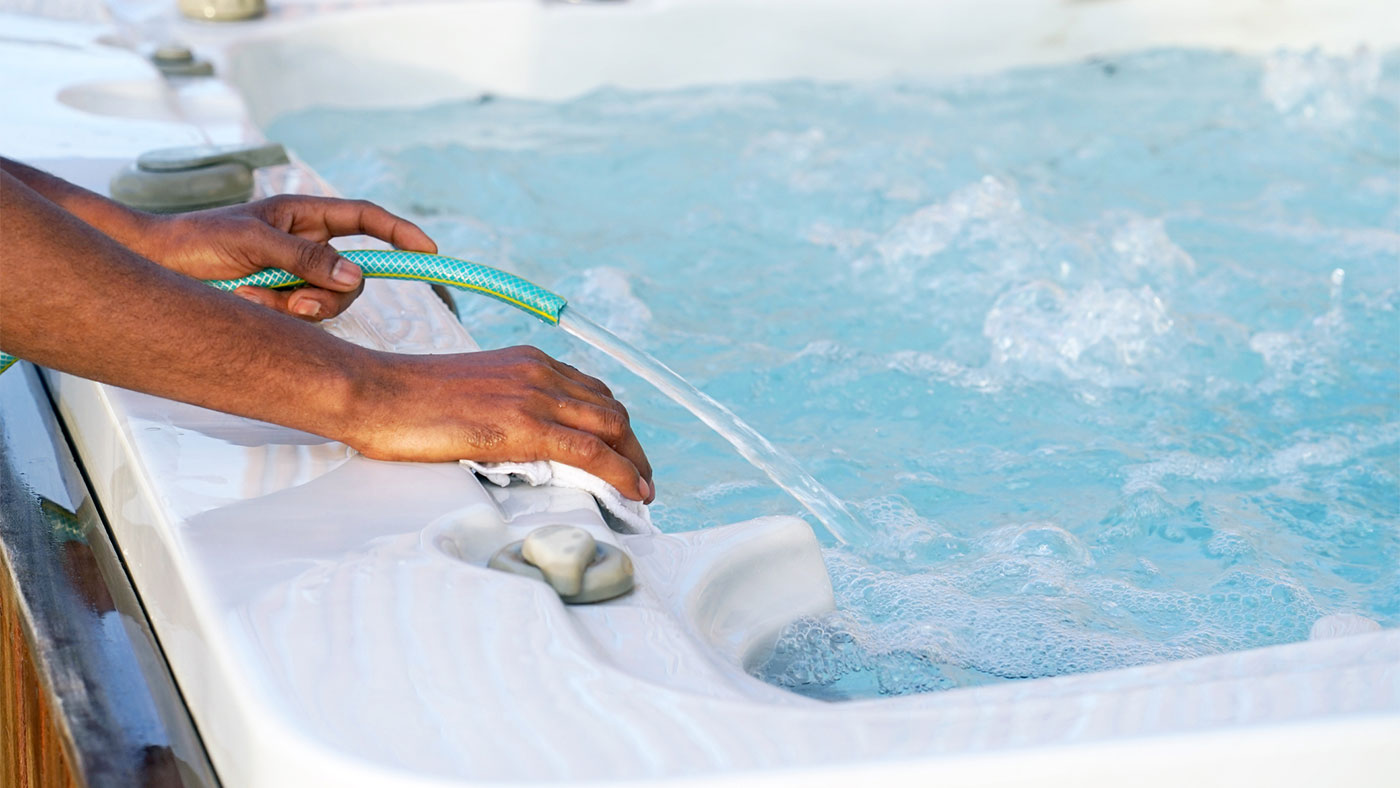
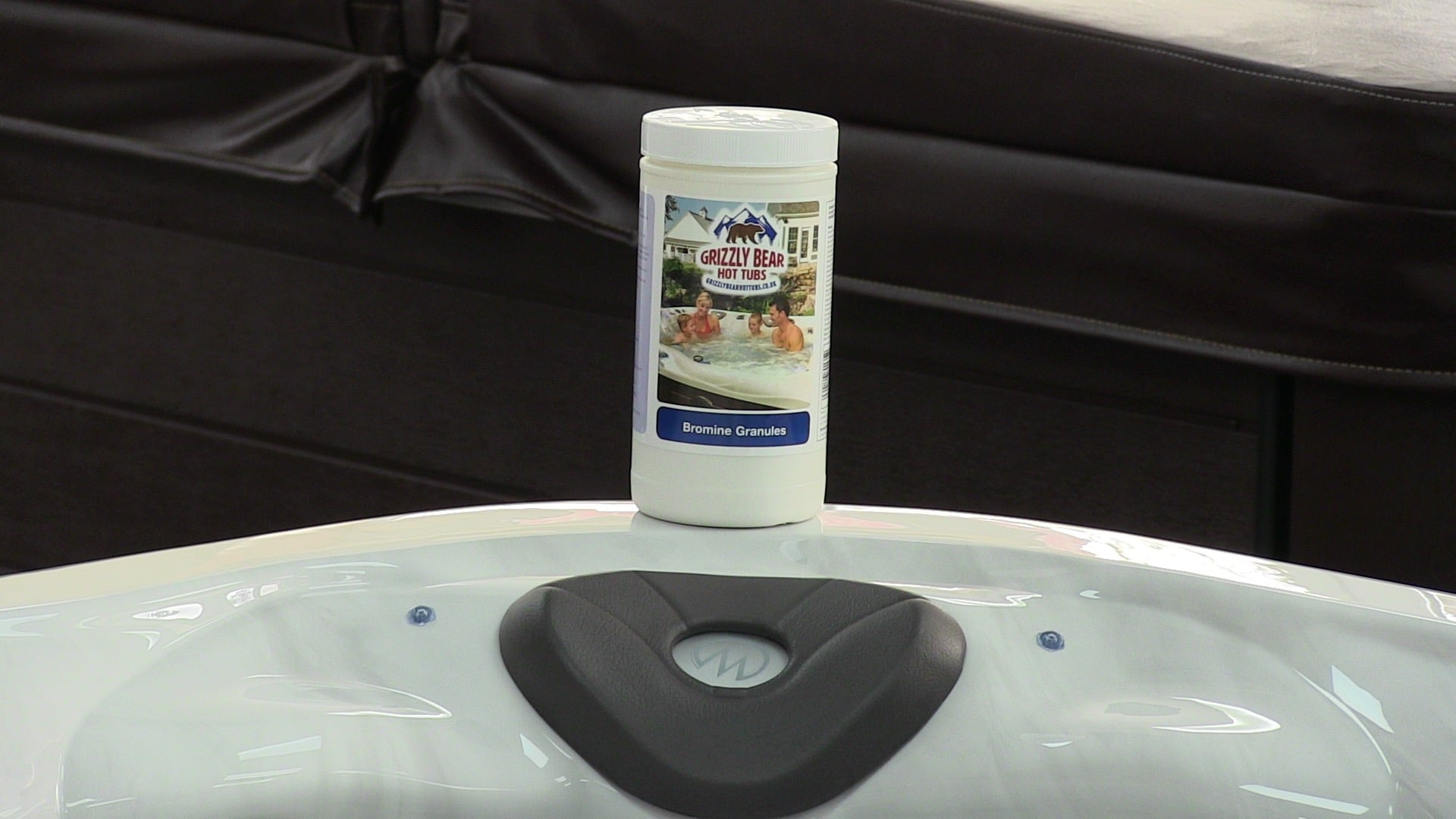
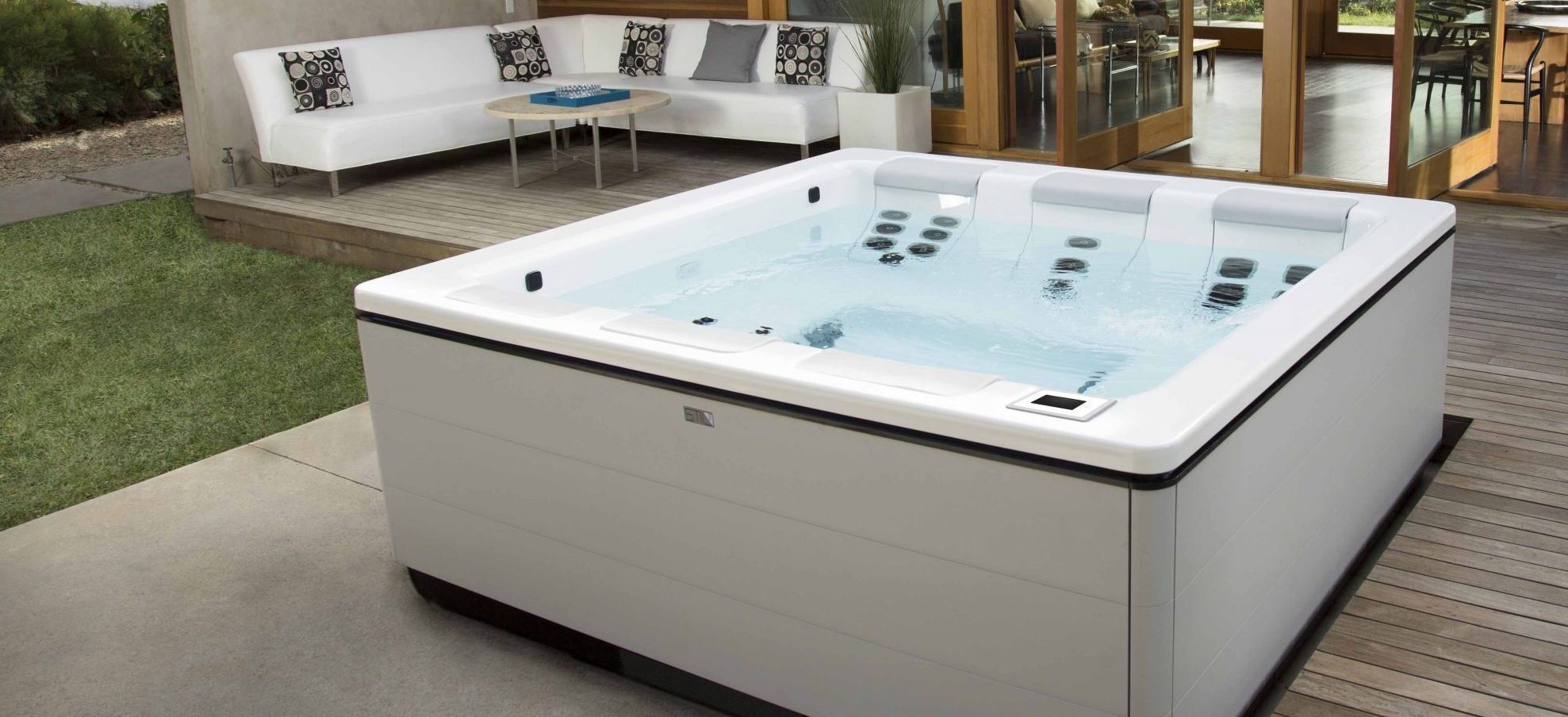
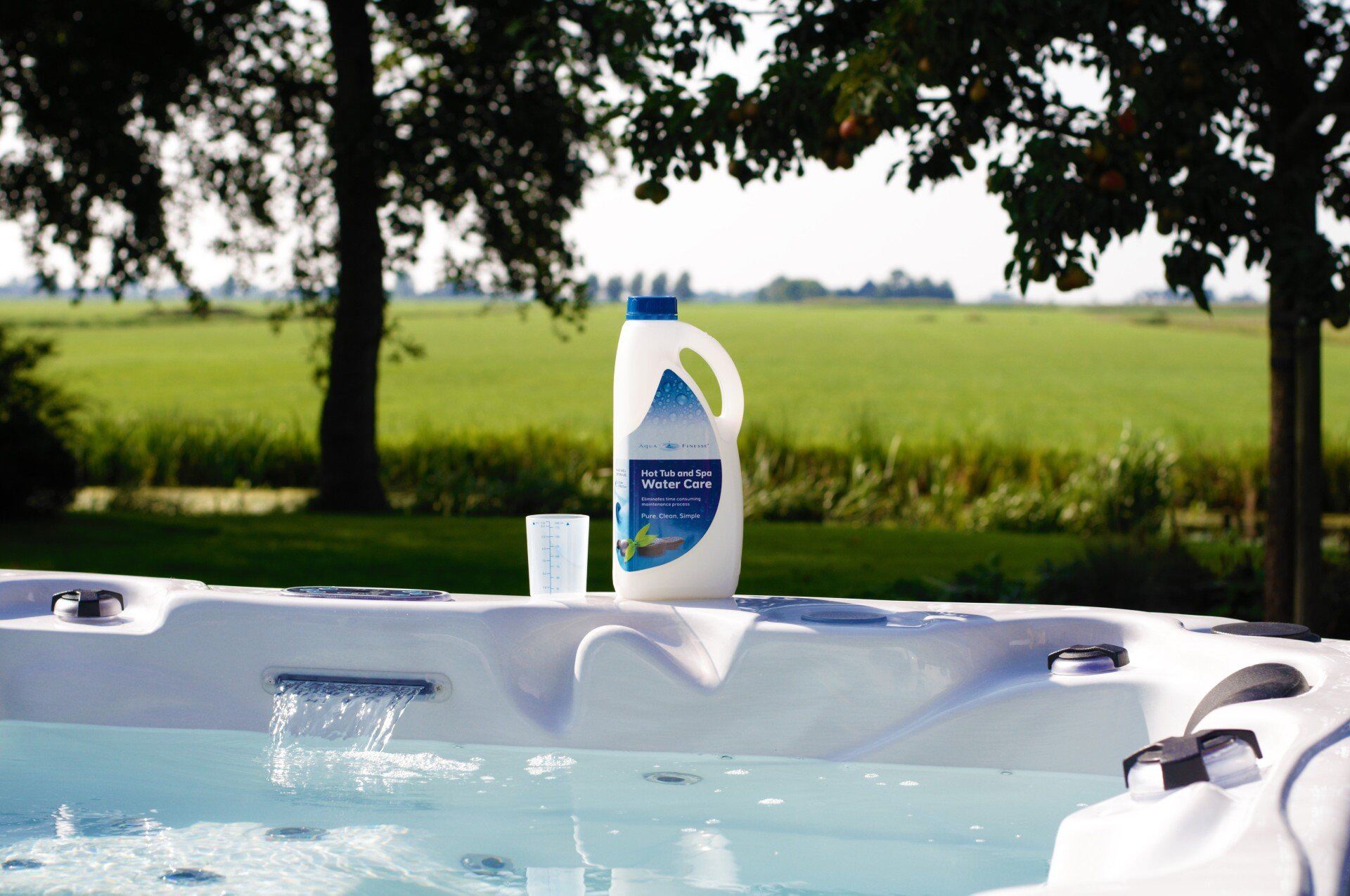
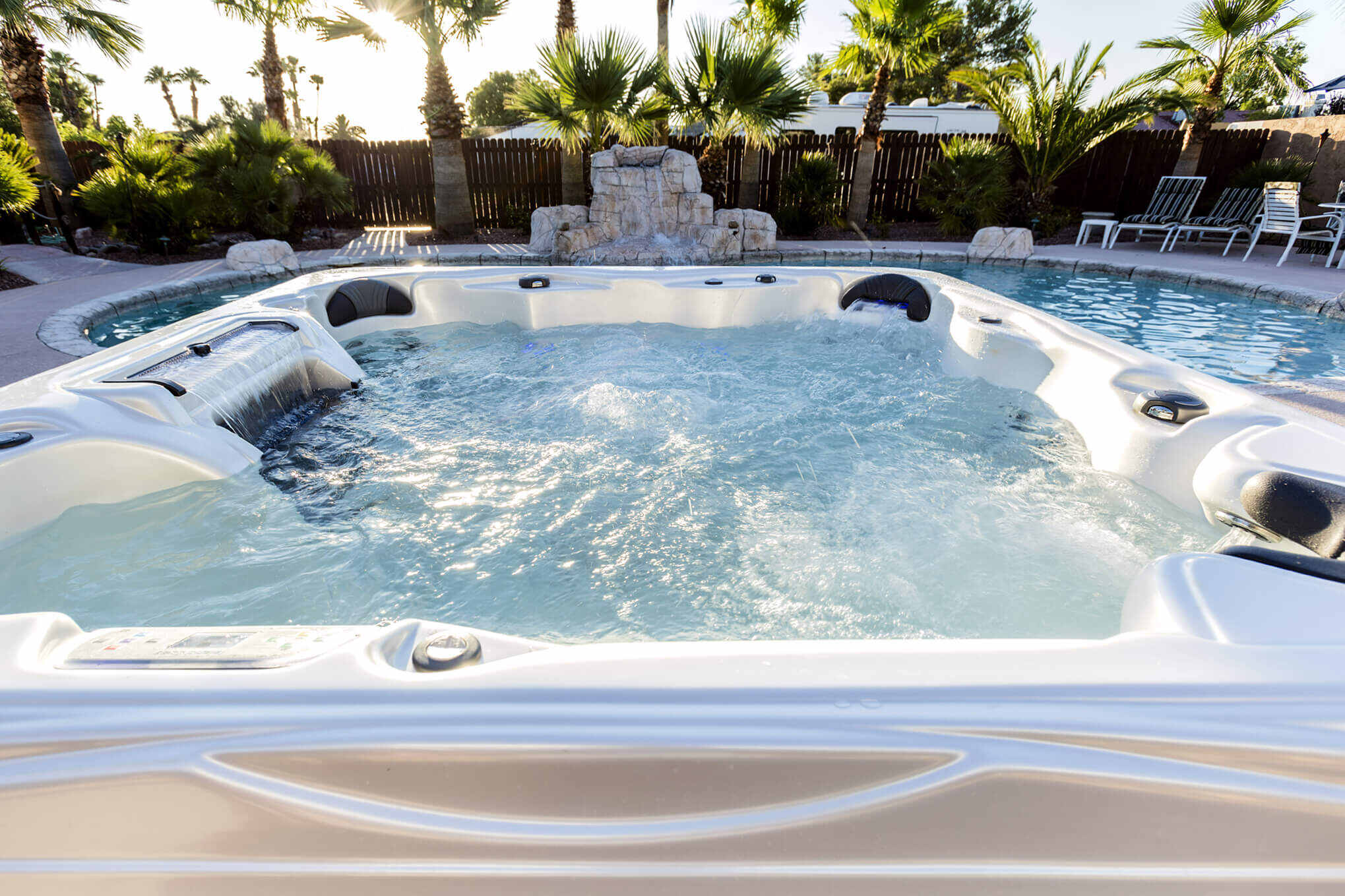
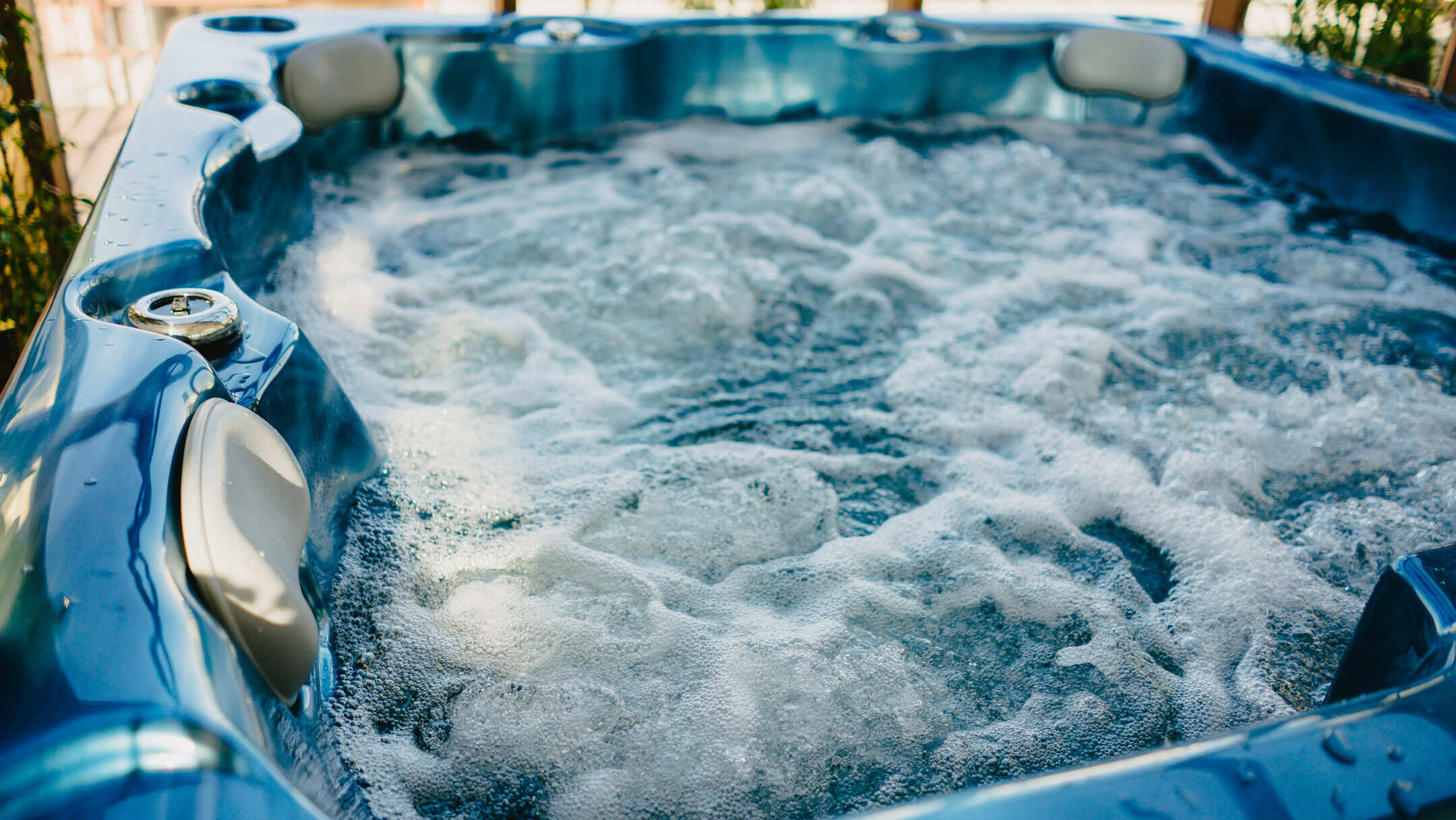
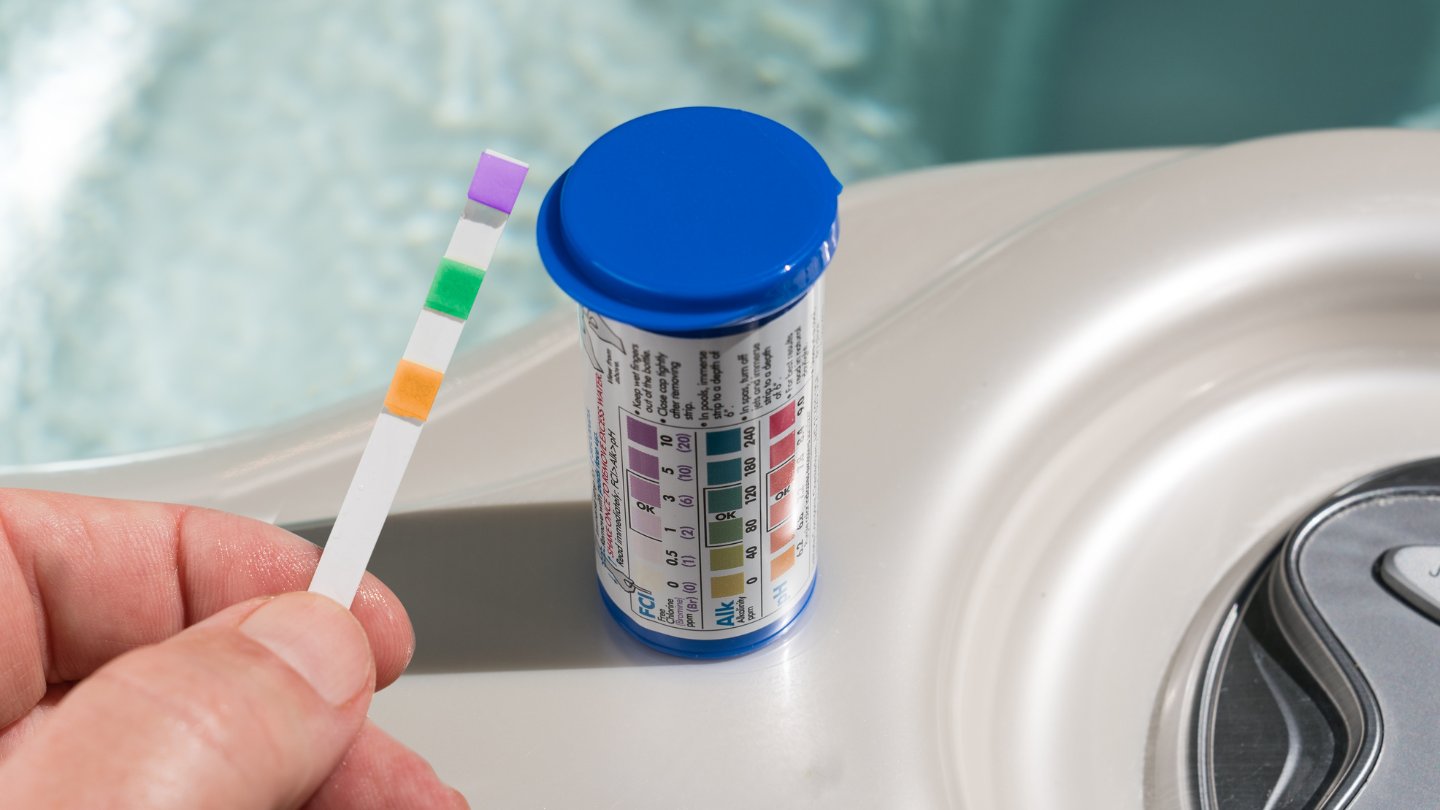
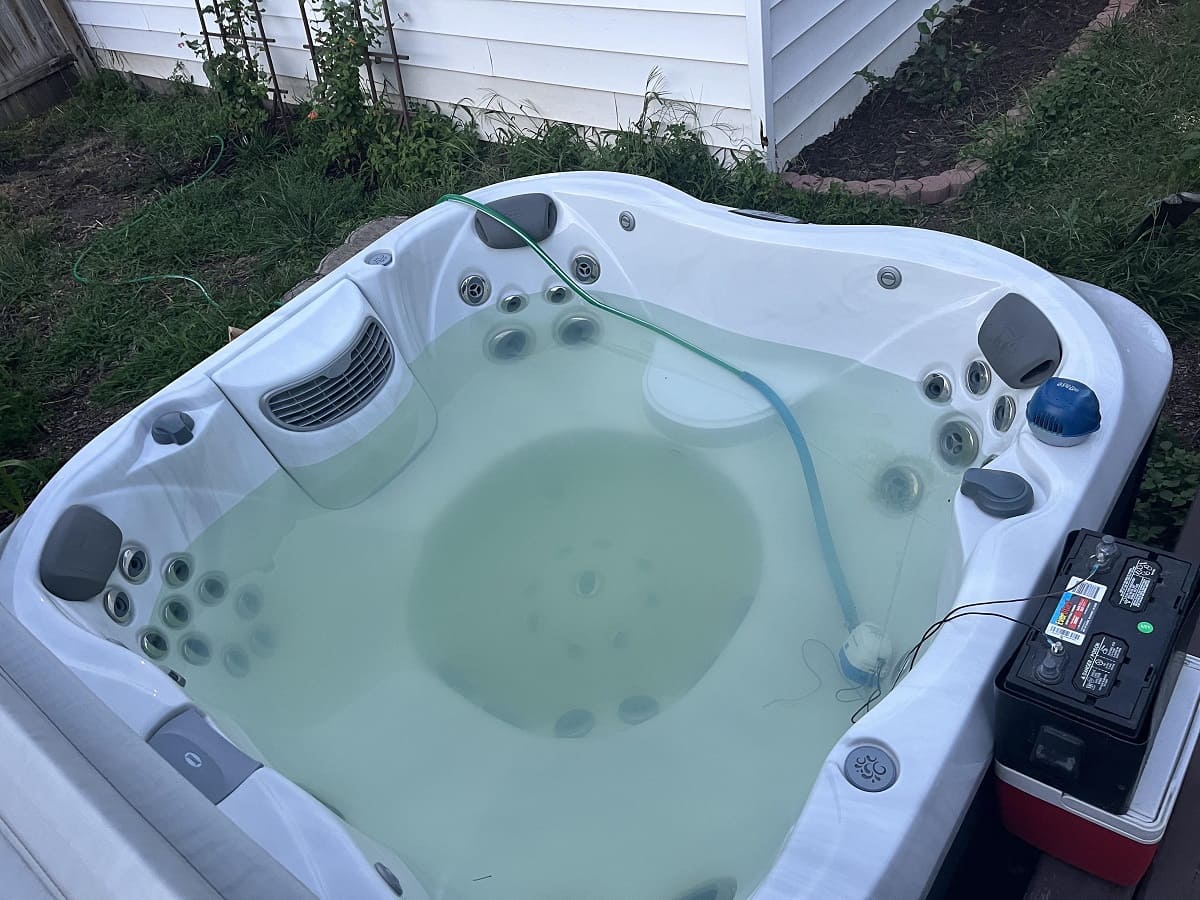

0 thoughts on “What Makes Hot Tub Water Green”